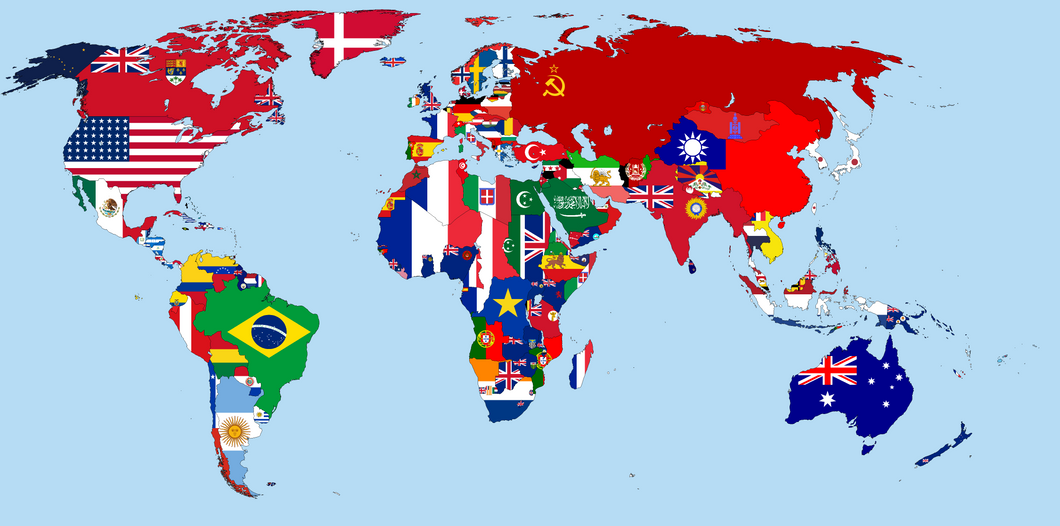Many people have their views about how a country should involve itself with the rest of the world. Some may believe it is better for a country to hang back from international confrontations while others embrace conflict. Other may believe it is better to engage other countries diplomatically while not relying on one's military so much. Each idea comes from a rich literature in foreign policy approaches, and many people don't realize what the literature entails. In this article, I hope to introduce you to two major foreign policy theories that are present in the U.S. and provide an example of their application in history through a prominent figure.
The first theory I will discuss is known as realism. Perhaps the oldest theory of foreign policy known to man, realism appeals to some of our most basic intuitive views of the world. First and foremost, realists make the important normative claim that human nature is inherently evil. This simple idea has been apparent in political literature for centuries. An excellent example of this belief is shown in Thomas Hobbes' "The Leviathan." Second of all, realists recognize that a nation or state is the primary actor in international relations. Whenever a state acts, it acts as a single entity and in complete unity. Realism believes in a state-centered philosophy. Furthermore, when a state acts, it is always in its direct interest. Since human nature is inherently evil, states will only act selfishly for their own gain. Their ultimate goal as a state is survival by ANY means. Realism is considered an amoral theory, with its proponents arguing that international politics are no place to inject morals. Historical figures who espoused realism include Henry Kissinger and Richard Nixon. Through his application of realist theory, Nixon was able to engage in the detente strategy with the Soviet Union and calm down the Cold War during his presidency. The realist reasoning for doing is that, in the interest of the United States, Nixon engaged in talks with the Russians in order to prevent a greater conflict that might threaten the survival of the U.S. and the world as a whole.
The next theory you should know is liberalism. Now do not confuse this with the idea of a Democrat who is a liberal. Liberalism is a theory being applied to foreign policy perspectives. In response to realism, liberalism makes the normative claim that human nature is fundamentally good. Liberalism is focused on cooperation and worldwide freedom. It is different from realism in that it does not only focus on the state. Liberalism recognizes the influence (direct or indirect) of international institutions on the world stage as well. This includes organizations ranging form the United Nations to General Motors. This moves away from the state-centered idea behind realism. Liberals also believe that morality must be applied to foreign policy, and that human rights advocacy is a mission that should be upheld by the U.S. Free trade, democracy, and human rights should be spread throughout the world for the good of mankind. An excellent example of modern liberalism is Franklin D. Roosevelt. When WWII came knocking on the doorstep of the U.S., a great part of his reasoning for getting involved in the war was based on the idea that the tenets of liberalism should be recognized worldwide.
These two theories cover the majority of our politicians in Washington today. However, in addition to these theories there also exists Neo-Conservatism, Marxism, Social Constructivism and a host of various other philosophies. If you have the time to read about these theories, I strongly recommend that you do. It is through an understanding of these theories that we can understand the way some of our politicians think, and better judge their actions.
















